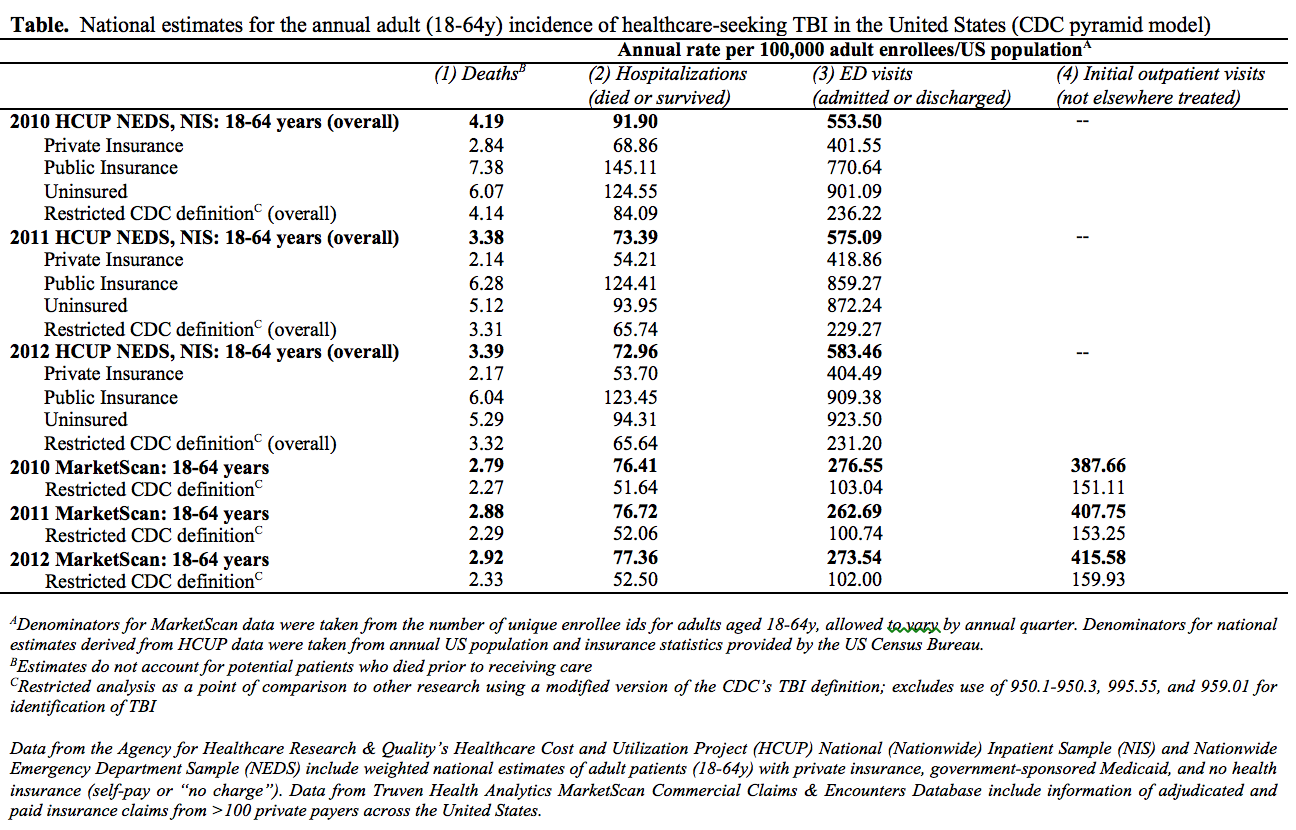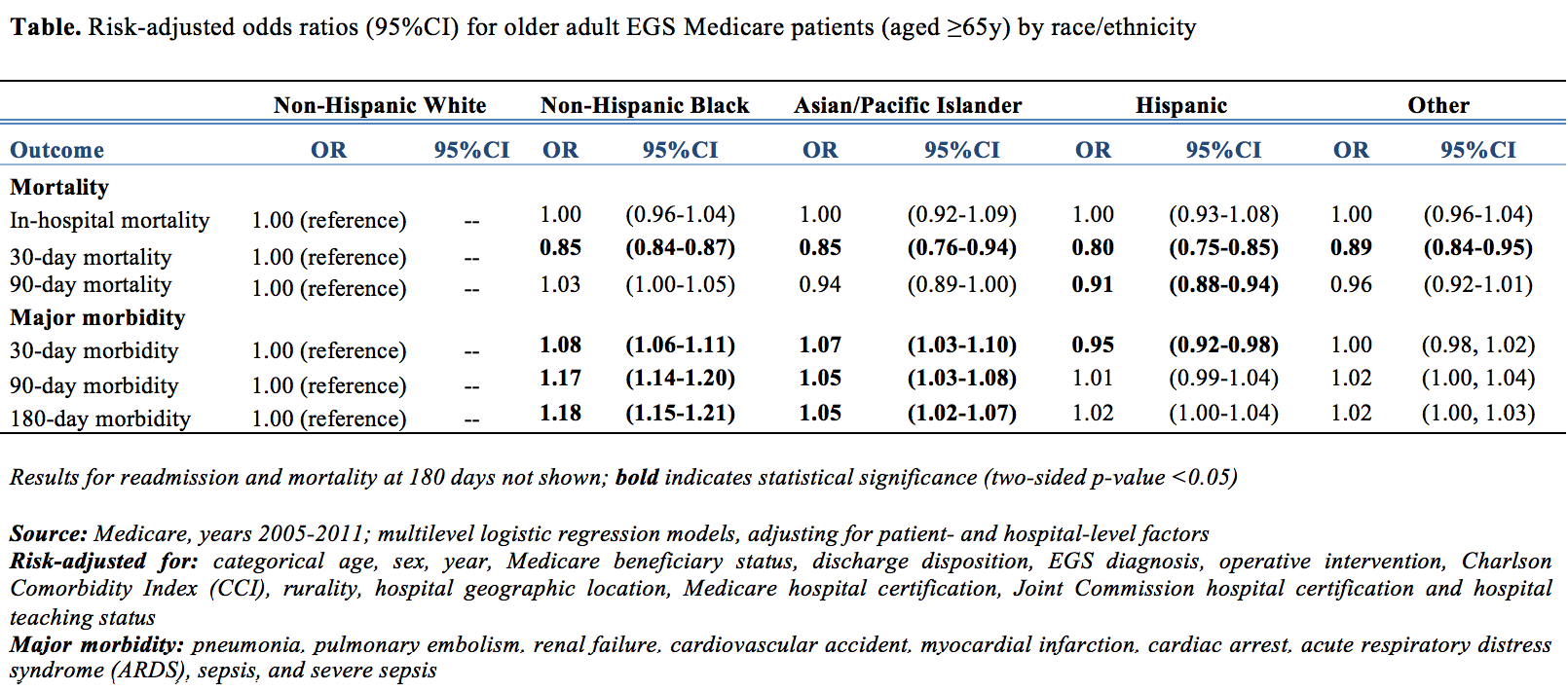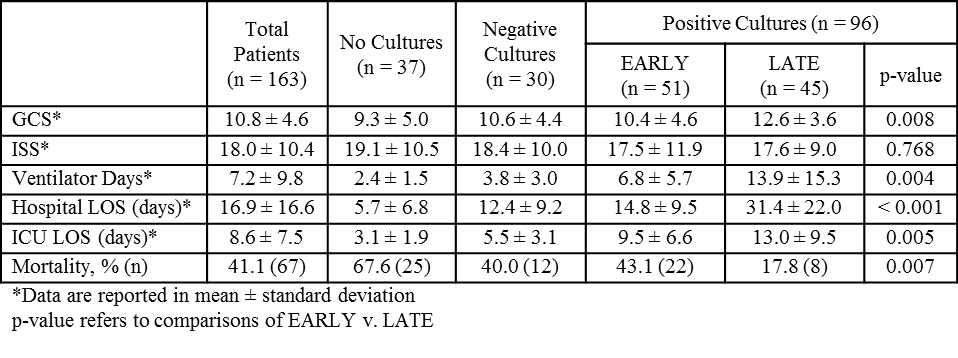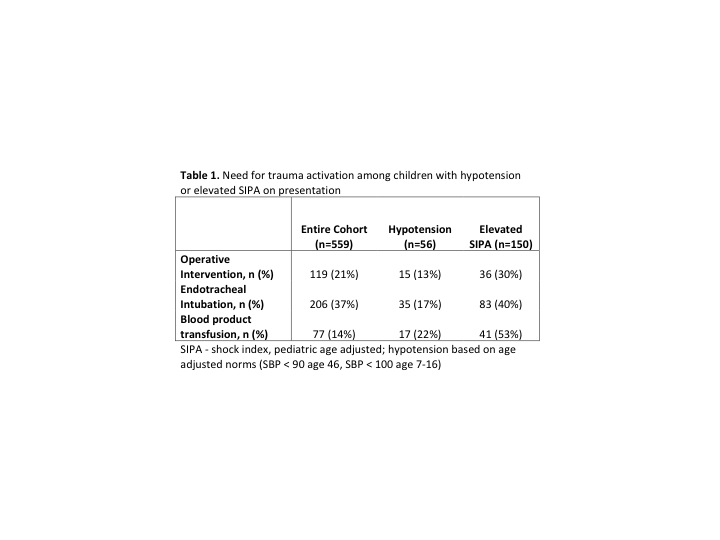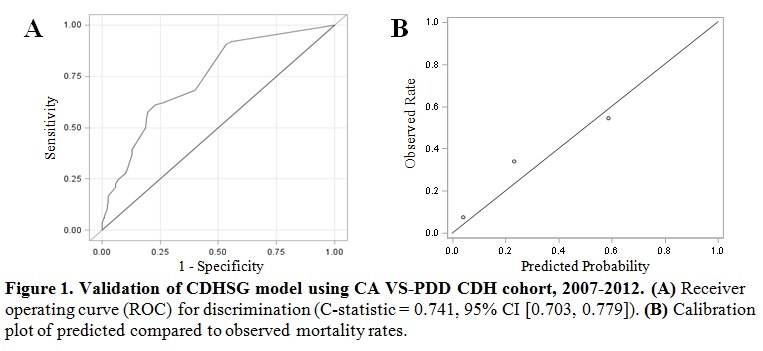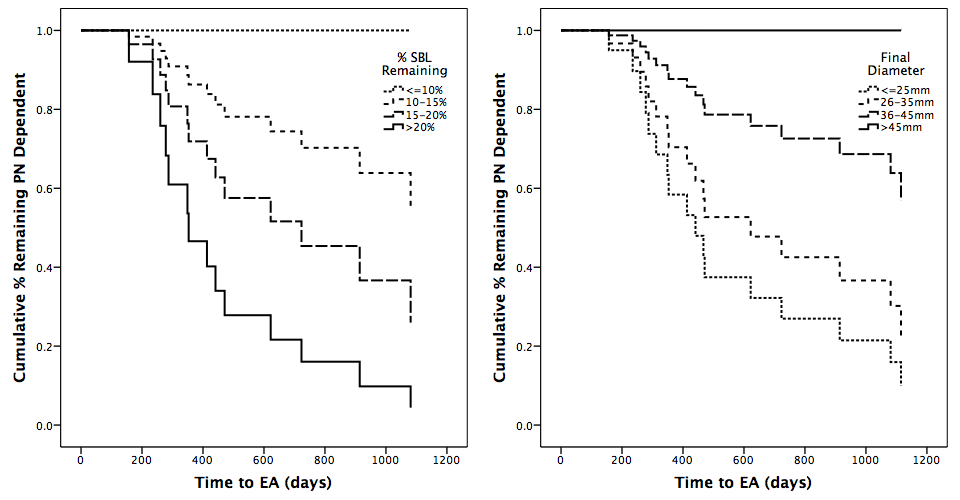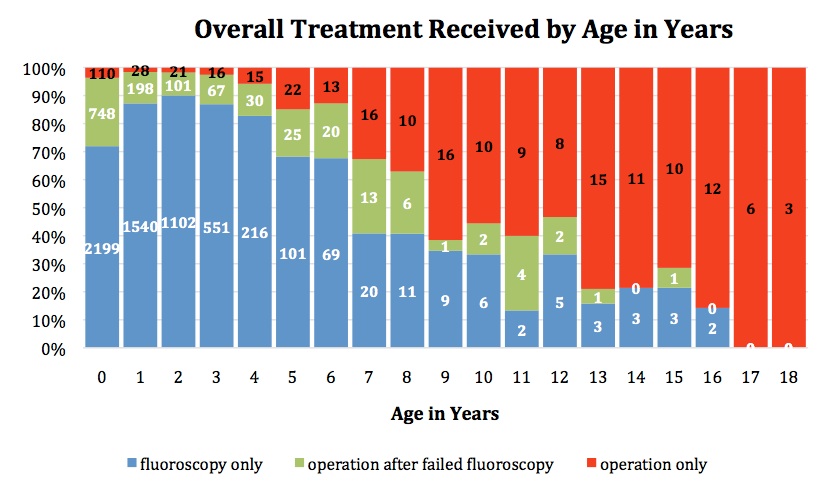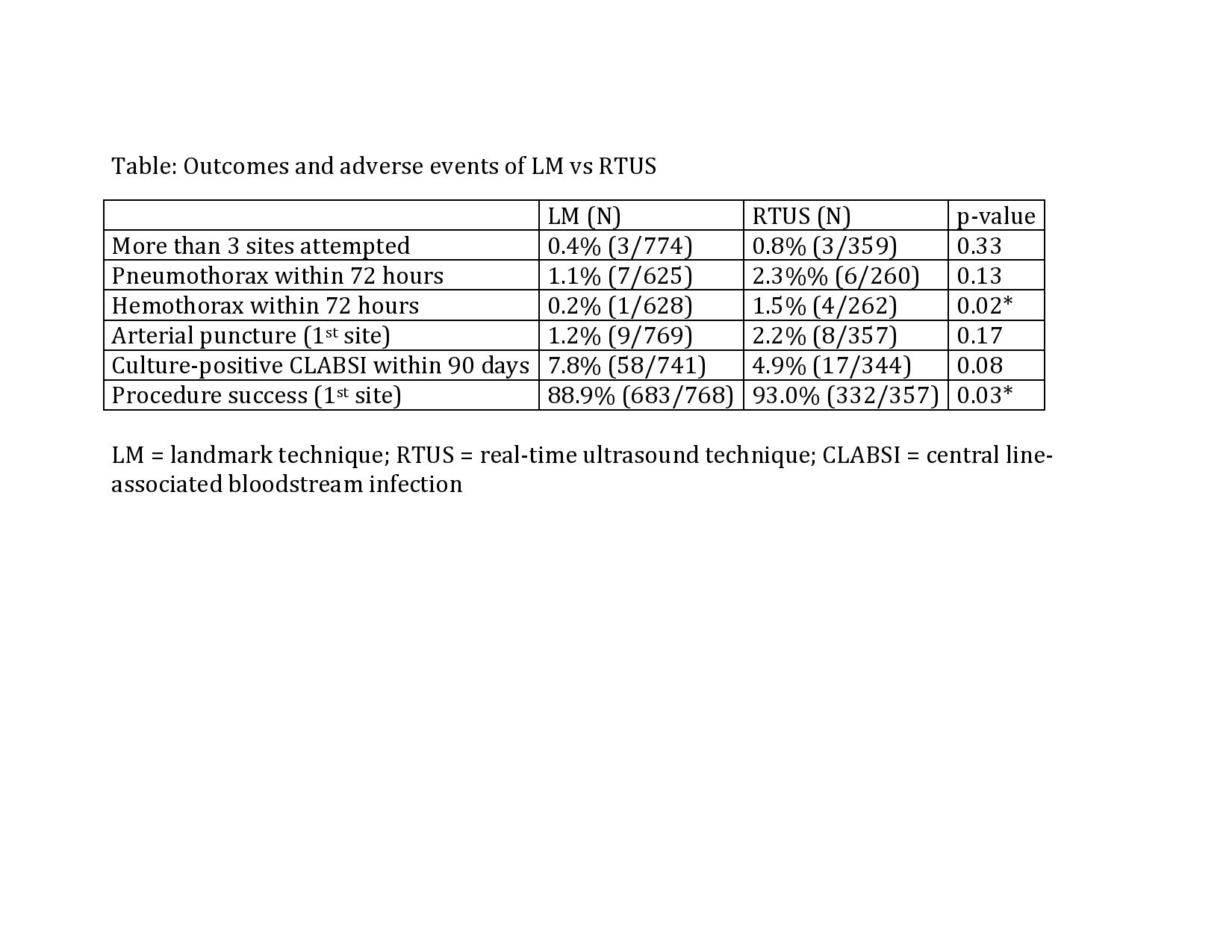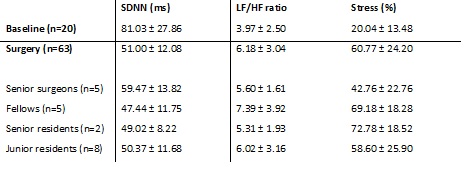S. Mason1, J. Byrne1, B. Haas1, C. Hoeft2, M. Neal2, A. Nathens1 1Sunnybrook Health Sciences Centre,Toronto, ONTARIO, Canada 2American College Of Surgeons,Chicago, IL, USA
Introduction:
Pulmonary embolism (PE) is a rare but potentially fatal complication of trauma. We aimed to characterize the variation in venous thromboembolism prophylaxis (VTEP) across trauma centers, and the impact of this variation on the risk of PE.
Methods:
Data were derived from the ACS Trauma Quality Improvement Program between 2013 and 2014. Patients with blunt multi-system injury admitted for at least 72 hours were included. Patients with severe head injuries were excluded, recognizing that VTEP practices may be distinct in these patients. Patients who never received any VTEP during admission were excluded. Centers with a median time of initiation of <48 hours were classified as early starters (ES) of VTEP. We evaluated the impact of centers’ classification as ES or late starters (LS) on rates of pulmonary embolism. Multivariable marginal logistic regression modeling was performed to determine the association between center-level VTE practices and PE after adjusting for case mix.
Results:
12,596 patients meeting inclusion criteria were identified at 177 trauma centers. The median time to VTEP across all centers was 45 (IQR 25) hours. The most commonly administered VTEP agent was low-molecular weight heparin (82%, N=10,269); 17% (N=2156) received unfractionated heparin. The incidence of PE was 2% (N=299) overall; 3% (N=196) in ES and 2% (N=103) in LS centers. After adjusting for case mix and center-level clustering, there was no association between PE rates and care received in an ES vs LS center (OR 0.96, 95% CI 0.69-1.32). The effect of receiving care at an ES vs LS center was not modified by choice of VTEP agent, though prophylaxis with heparin was associated with a significant increase in PE rates (OR 1.58, 95% CI 1.09-2.28).
Conclusion:
Great variability in time to VTEP exists amongst trauma centers. No significant association between center VTEP timing and hospital-level PE rates was identified. This may represent varying center-level practices not measured in TQIP, such as use of non-chemical means of VTEP, practices related to early mobility or other as yet unidentified strategies that mitigate PE risk.
